Wildfires that threatened iconic trees and burned north-to-south through parks, billions of dollars allocated to the National Park Service for maintenance work and improvements, restoration of two national monuments, and Senate confirmation of a National Park Service director were among the top stories from around the National Park System in 2021.
While the Covid pandemic continued to loom over the United States, it didn't slow visitation to the park system. Indeed, some parks saw record visitation for individual months and for the year. June saw a record 1.6 million visitors counted at Yellowstone National Park, which set an annual record with more than 4 million visitors, and Grand Teton had a record 752,114 that month. Cape Hatteras National Seashore was on a record-setting pace back in June, when visitation totals for the first half of 2021 were 26 percent higher than the first six months of 2002, the year that currently has the distinction as being the busiest year on record.
Misbehaving visitors continued to pop up in the parks, there were wildlife confrontations, impacts from the changing climate became more and more apparent in some corners of the park system, and New River Gorge National River entered 2021 as New River Gorge National Park and Preserve.
And those were just some of the topics that appeared on the National Parks Traveler the past 12 months. Here's a look, in no particular order, at some of the top stories that flowed across the park system in 2021. Click on the headline to access the stories.
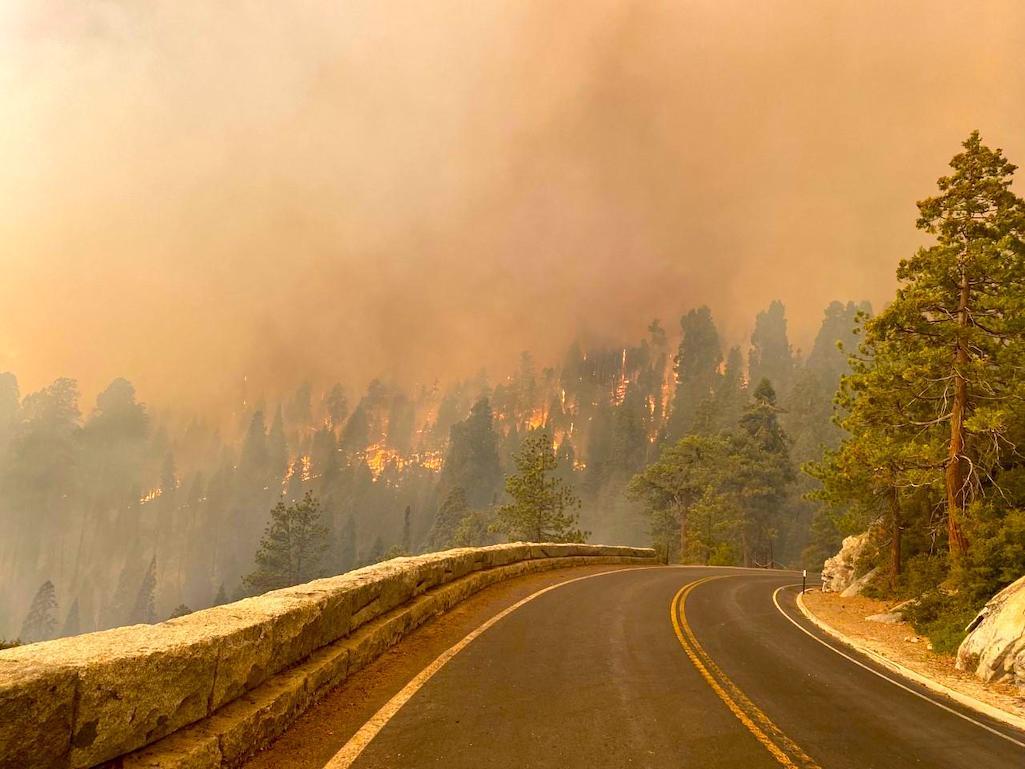
Fire threatened Sequoia National Park's iconic trees/NPS file
Giant Sequoias Are Being Tested -- Perhaps As Never Before
The biggest trees on Earth have inhabited the western slopes of California’s Sierra Nevada for millions of years. Some in the forest today were standing when the Roman Empire flourished, symbols of majesty and strength towering into the sky, resilient through centuries of wildfire, drought, and blizzards: the giant sequoias.
Today, something’s different in the groves. Yes, thousands perished in California’s record wildfires last year. That alone was unprecedented. But there’s more trouble. A trio of challenges – fire, drought, and insects - have frighteningly intersected over a few short years, leaving clues that giant sequoia history may not necessarily foreshadow the species’ future. Are these masters of the forest, with girths that can dwarf a truck, turning a corner on their ancestral journey? Experts are worried.
This Fall's Wildfires Claimed 3-5% Of The World's Giant Sequoias
Wildfires that seared Sequoia and Kings Canyon national parks and neighboring Sequoia National Forest this fall claimed between 3 percent and 5 percent of the world's giant sequoias, according to the National Park Service. In simple numbers, the losses fall between 2,261 and 3,637 mature sequoias with a diameter of at least four feet.
Giant Sequoias Are No Strangers To Fire
Walking among the Giant Sequoia forests of the west slope of California’s Sierra Nevada Mountains, visitors are struck by the peace and sense of profound age surrounding us. Many of these trees live to over 3,000 years old – the so-called Monarchs – and have survived extensive droughts, fire, the Little Ice Age, floods, and now, the greatest potential threat to their continued existence, modern humans.
There is now a fire burning on the slopes below one of the largest groves of Giant Sequoia at Giant Forest in Sequoia National Park. Many press reports are understandably concerned that this fire – and others – can wipe out these iconic trees as fire spreads through the groves. Using sometimes overheated prose, they describe fire as possibly devouring the groves. Unquestionably, fires are often dangerous and even tragic but it is important that, in this new fire regime, we begin to put all fires in perspective and use them more wisely.

Chuck Sams III was sworn in as National Park Service director by Interior Secretary Deb Haaland on December 16. Haaland had been confirmed as Interior secretary in March./NPS
Senate Confirms Sams As National Park Service Director
Approval of the U.S. Senate's confirmation of Charles "Chuck" Sams as director of the National Park Service was voiced Friday as the agency awoke for the first time in nearly five years with a permanent director.
The confirmation came late Thursday as the Senate worked past sundown. Not only does Sams become the first permanent director since Jonathan Jarvis stepped down at the end of the Obama administration in January 2017, but he becomes the first Native American to hold the position in the agency's 105-year history.
Senate Confirms Haaland As Interior Secretary In Largely Partisan Vote
Deb Haaland, a Native American from New Mexico, on Monday was confirmed in a largely partisan vote by the U.S. Senate to become Interior secretary in the Biden administration.
Haaland, who had represented New Mexico in Congress, becomes the first Native American to hold a Cabinet-level position in the history of the United States.
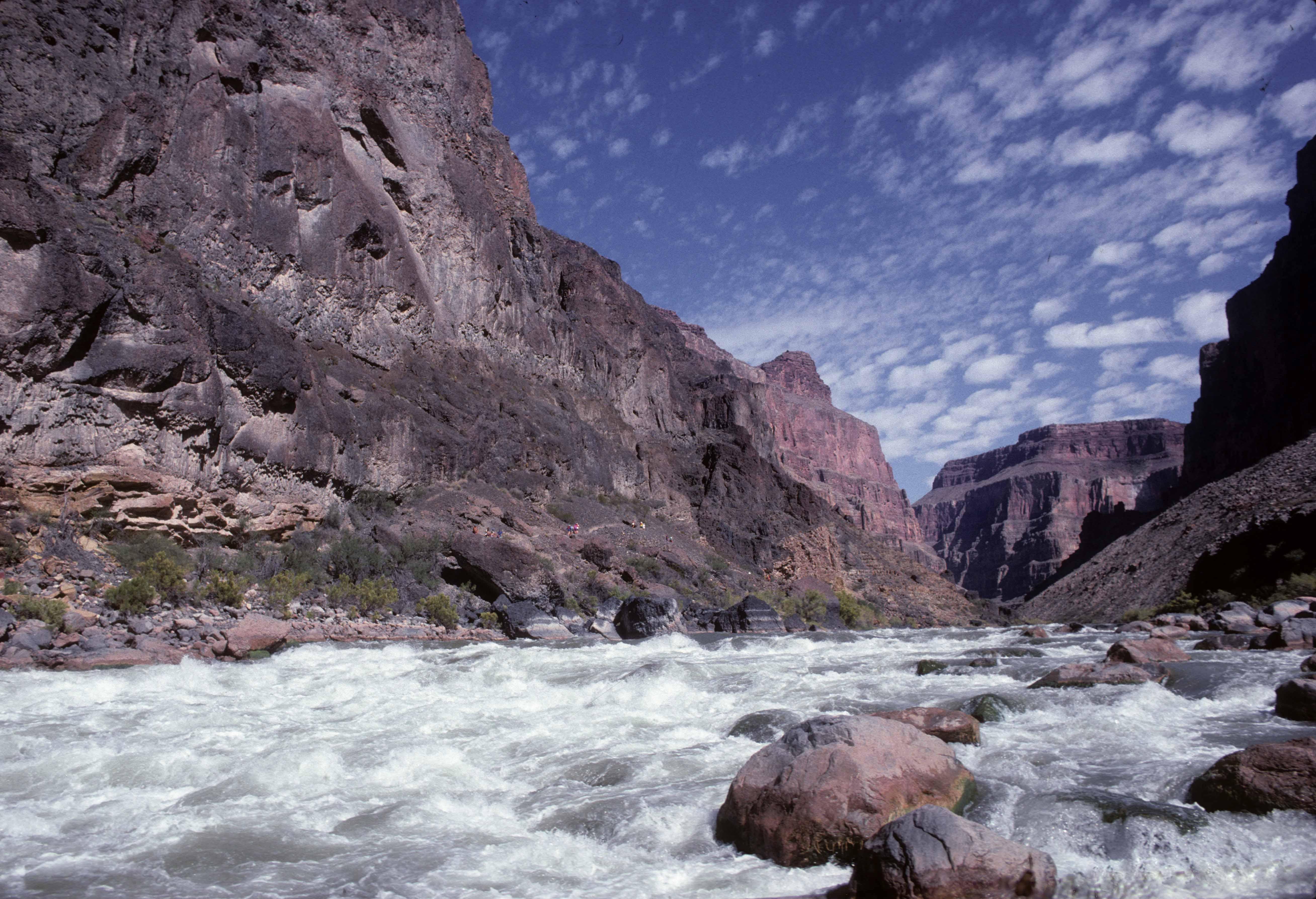
The waning health of the Colorado River is impacting Grand Canyon National Park/Patrick Cone
Grand Canyon's Struggling River
Standing in the morning sun on the right bank of the Colorado River at Lees Ferry, the gin-clear river jumps, leaps, and swirls through the rock gardens close to shore, belying its dwindling health. Most raft trips pushing off from the launch ramp just upstream pay me no concern, anxious to buck the rapids that make the Colorado River through Grand Canyon National Park renowned world-wide.
When the national park was established by Congress in 1919, there was no dam to slow the Colorado River as it poured out of the Rocky Mountains, sliced its way across the Colorado Plateau, and squeezed into a canyon with soaring ramparts of igneous, metamorphic, and sedimentary layers. Its ebb and flow were constrained only by the amount of snowmelt that came out of the high country each spring, and records show that the early 1900s, 1940s, and 1980s were particularly wet. But the past 60 years have brought development and climate change that have greatly changed the once-wild Colorado.
Climate Change Uncertainties Are A Riddle For The National Park Service’s Future Plans
Climate change is leaving National Park Service managers with stark choices: Stand by as the world warms to a point where ancient trees might no longer survive, or intervene so those trees may no longer be considered wild and national parks become something along the lines of national gardens.

President Biden restored the original boundaries to Bears Ears and Grand Staircase national monuments/BLM file
Biden To Restore Boundaries To Bears Ears, Grand Staircase Monuments
President Biden, in a move that pleased tribes, conservationists, and environmentalists while angering Utah officials, announced plans Thursday to sign proclamations to restore the original boundaries to Bears Ears, Grand Staircase-Escalante, and Northeast Canyons and Seamounts national monuments.
In the announcement Thursday night, the administration said the move was both to uphold a promise to restore the boundaries and also to uphold "the longstanding principle that America’s national parks, monuments, and other protected areas are to be protected for all time and for all people."
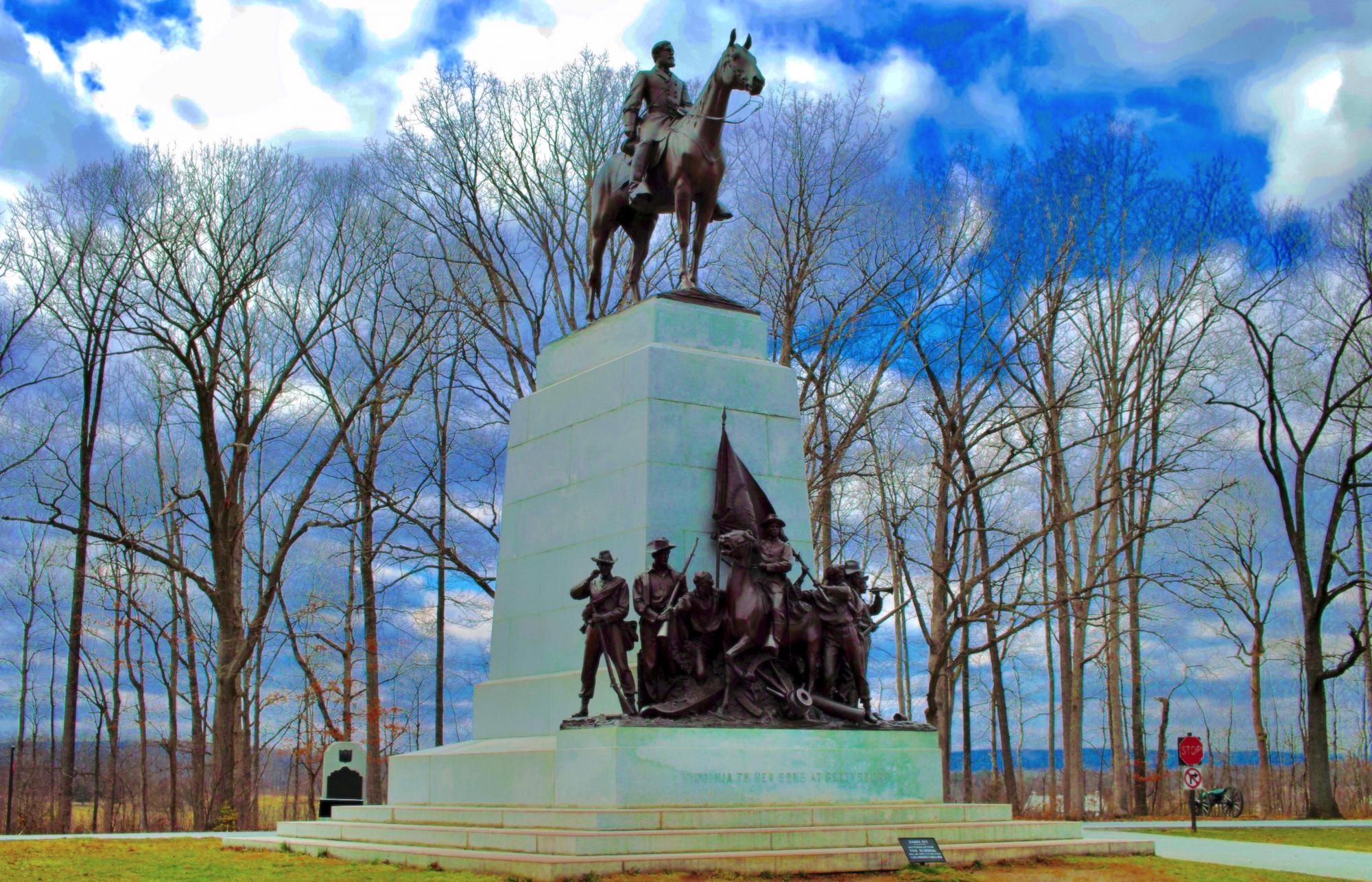
Robert E. Lee statue at Gettysburg National Military Park/LRR2020
The Future Of Confederate Monuments
If you knew nothing about the U.S. Civil War and traveled to Gettysburg National Military Park, you might be forgiven for believing the South won, based on a reading of the monuments alone.
The statue of Southern commander Robert E. Lee on horseback, which also serves as the monument to the fighting sons of his home state of Virginia, stands at 41 feet tall, including both statue and pedestal. It’s more than double the height of the similar equestrian statue of Union Gen. George Gordon Meade that sits across the field, despite the fact that Meade was the victor at Gettysburg, helping to turn the tide of the war.
Lee’s prominence at Gettysburg, along with the estimated 1,700 Confederate commemorative works that still stand across the United States, is now under scrutiny. In recent years, the nation’s racist history has been debated and confronted in a variety of ways, with Confederate names and symbols being removed from public squares, schools, and flagpoles across the South and elsewhere. And yet, the Confederate battle flag is still hoisted aloft and visible in places like the 2017 Unite the Right rally in Charlottesville, Virginia, and at the U.S. Capitol insurrection last month, not to mention on countless car bumpers, t-shirts, and gift shop tables.
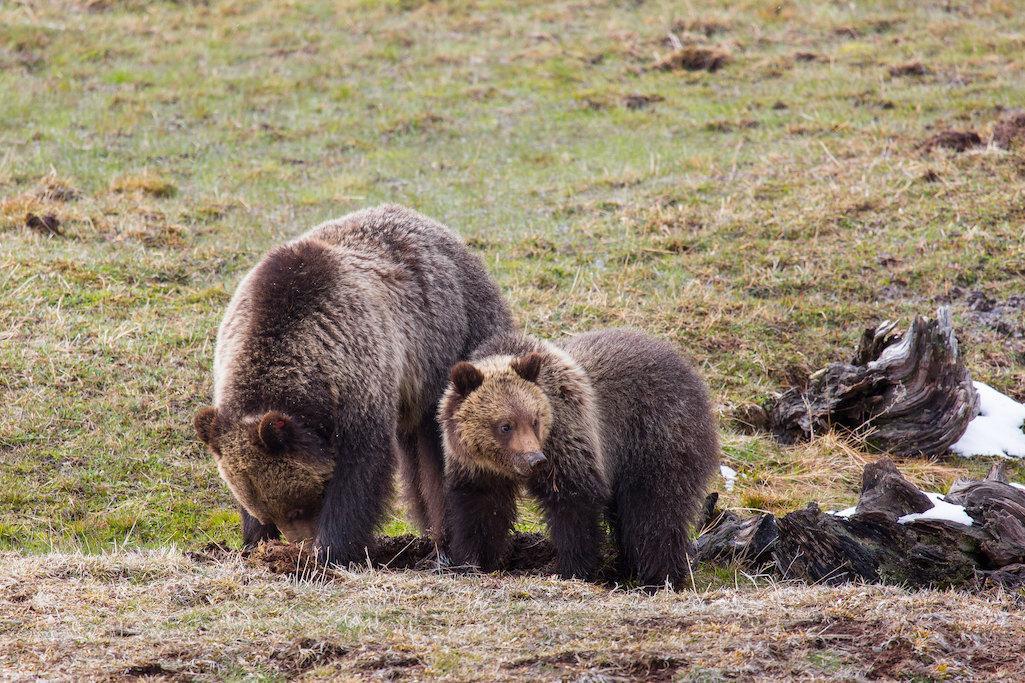
Federal authorities are cracking down on Yellowstone National Park visitors getting too close to wildlife/NPS file
Woman Gets Jail Time For Getting Too Close To Yellowstone Grizzly
An Illinois woman landed a four-day jail sentence, plus fines, for getting too close to a grizzly in Yellowstone National Park for a photo.
Acting U.S. Attorney Bob Murray announced Thursday that Samantha R. Dehring, 25, of Carol Stream, Illinois, pleaded guilty to willfully remaining, approaching, and photographing wildlife within 100 yards. Another count, feeding, touching, teasing, frightening, or intentionally disturbing wildlife, was dismissed.
Idaho Woman Fined Nearly $6,000 For Failing To Properly Store Food At Grand Teton Campground
An Idaho woman who failed to properly store food and garbage at her site in a Grand Teton National Park campground and which a grizzly bear got into was fined nearly $6,000, part of which covered the cost of placing a tracking collar on the bear and relocating it, according to a U.S. Justice Department release.
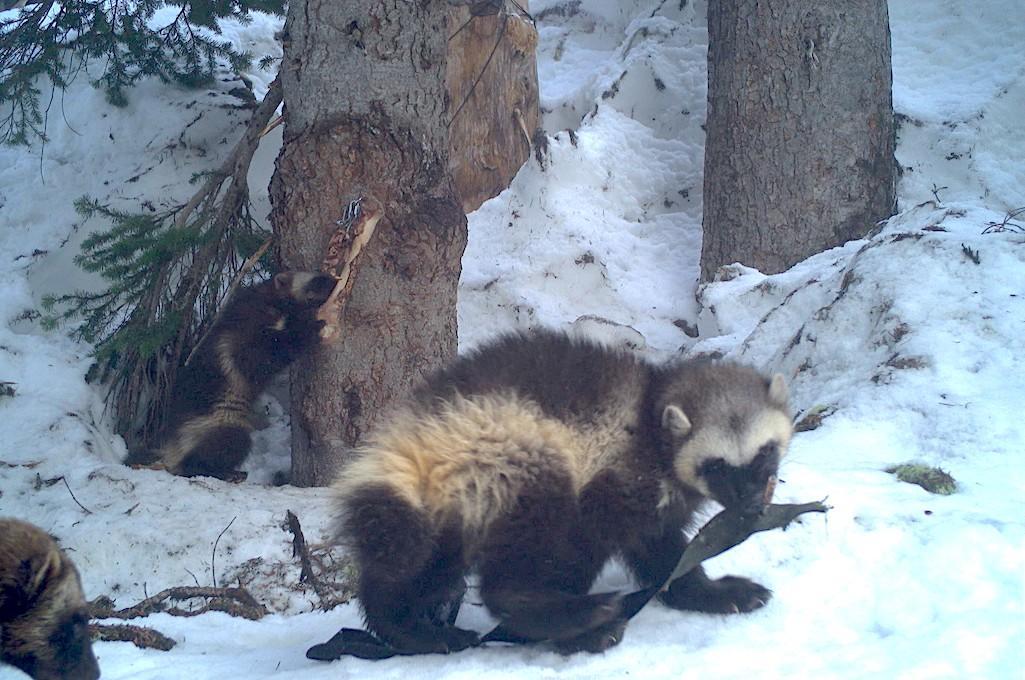
Wolverine family in a remote area of Mount Rainier National Park, June 2021/Cascades Carnivore Project
Another Wolverine Family Spotted At Mount Rainier National Park
A second litter of wolverine kits has been spotted at Mount Rainier National Park in Washington.
Staff from the park and the Cascades Carnivore Project say this is only the third wolverine family documented in Washington’s South Cascades in a century, and just the second family documented in the national park during that time.
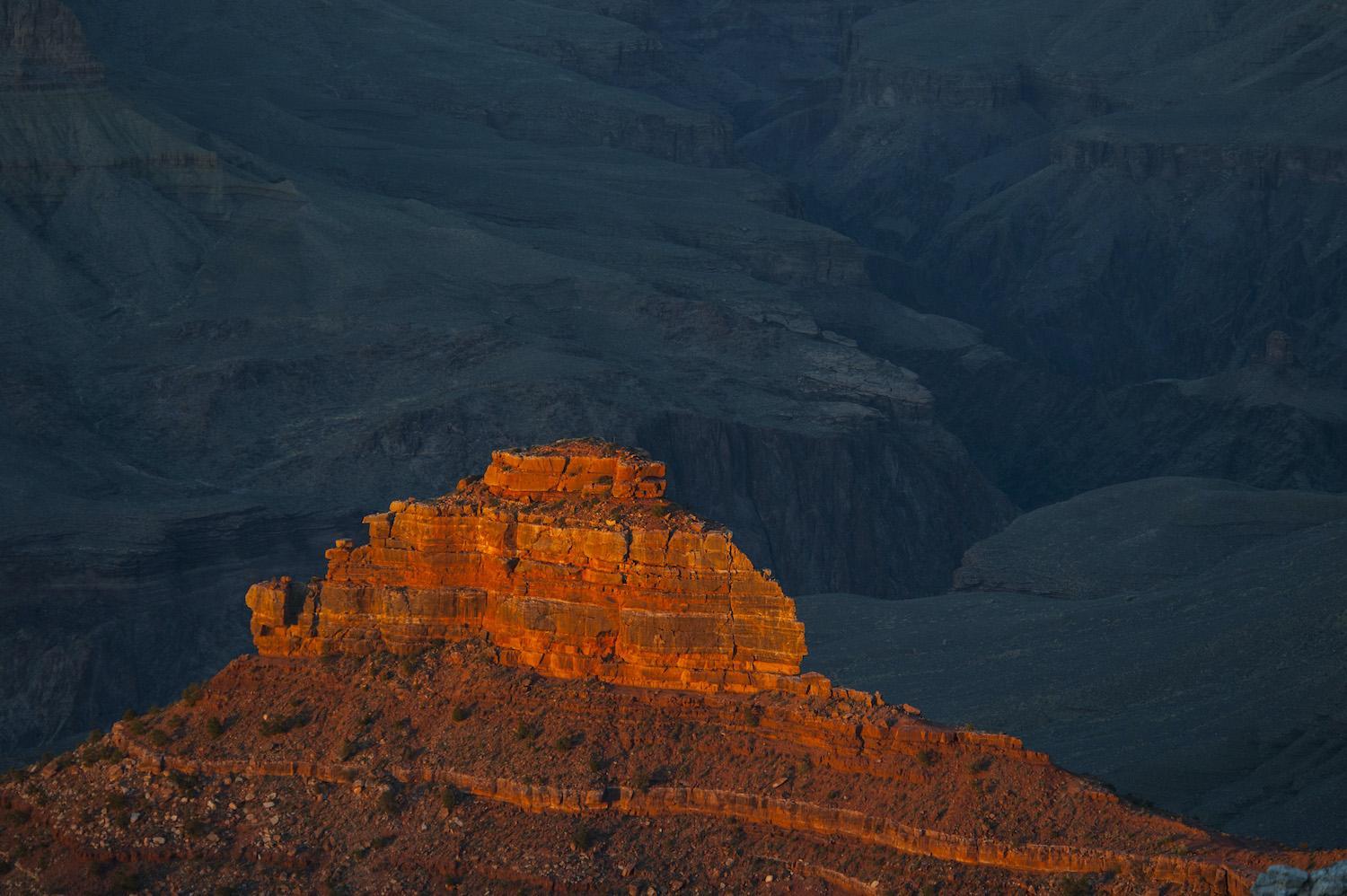
Proposed Tusayan Development Threatens Grand Canyon National Park
The sun sets on the Grand Canyon, sending the inner gorge into shadow as the buttes catch the red light. Tourists on Mather Point watch the spectacle, content with absorbing nature’s most awesome show. Deep in the canyon, the Colorado River roars, fed by mountain snowmelt. In the side canyons the springs, seeps, and streams nurture birds and trees and wildlife in this arid landscape. A mile up, elk shedding their winter coats graze the dry Ponderosa pine forest for green shoots.
But after sunset the visitors disperse for the night, headed off for their campgrounds, dinner, and lodging. While some stay within the park, many head just outside of the South Rim gate to the town of Tusayan, Arizona, with its rows of restaurants, hotels, shops, theatres, and museum.
But Tusayan’s character could potentially boom, with thousands of new homes, employee housing, and millions of square feet of commercial space if Italian developer Stilo gets approvals. Rezoned in 2011 from open space to commercial, their two large inholdings (195 and 160 acres) within the Kaibab National Forest are accessed by two unimproved forest roads, and for Stilo to build they need an easement from the U.S. Forest Service to use these gravel roads for power, sewer lines, natural gas, and communication infrastructure. For some it’s an opportunity, and for others it could change the town forever.
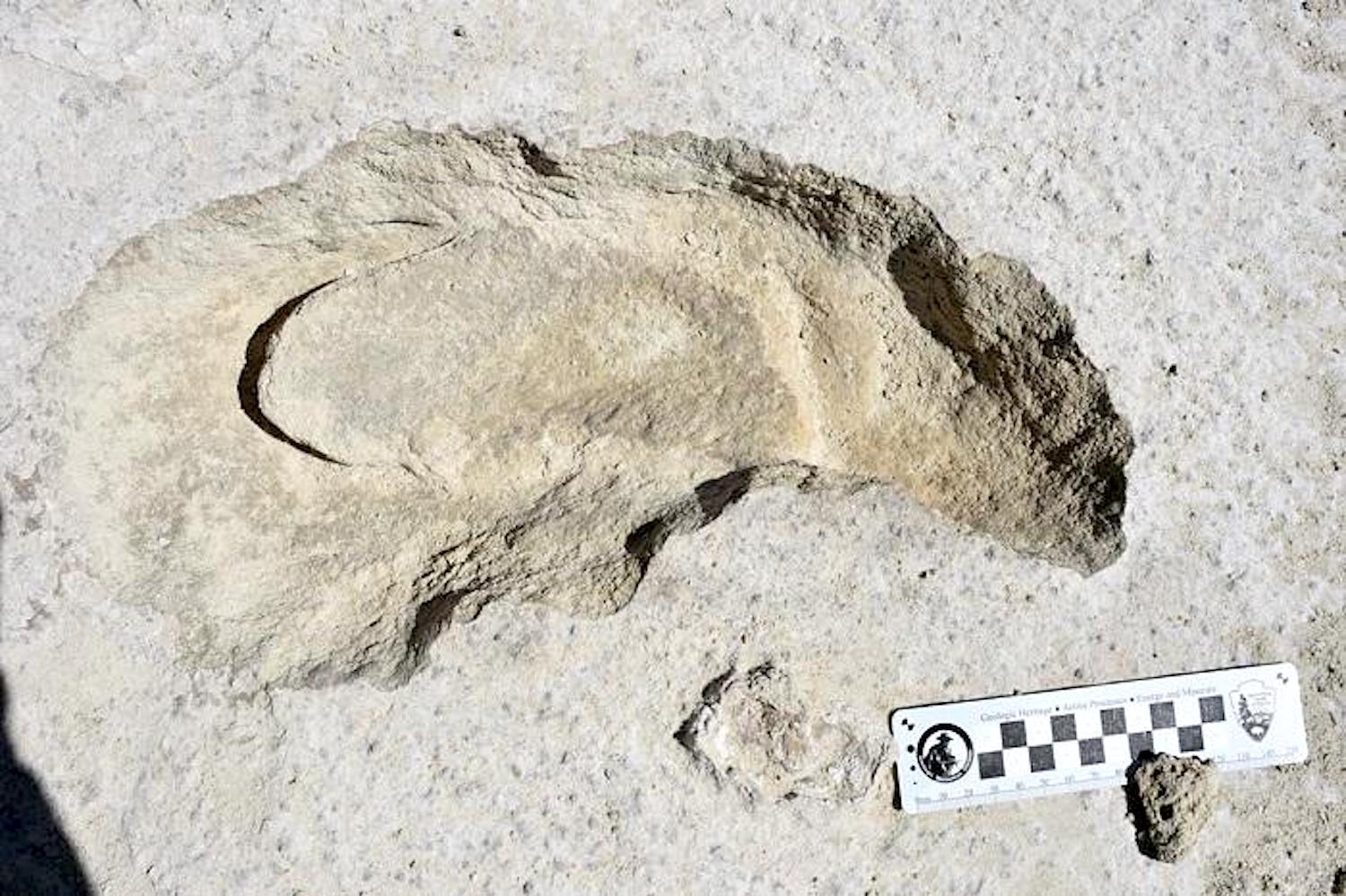
Dating of trackways found in White Sands National Park pushes back the arrival of humans in the New World/NPS photo of human print inside a giant sloth print
Ancient Human Presence Revealed At White Sands National Park
Humans arrived in North America thousands of years earlier than previously accepted, according to groundbreaking research tied to a series of human -- and animal -- footprints preserved in fossilized sand within today's White Sands National Park.
Three years after scientists revealed the existence of human footprints and those of a giant, razor-clawed ground sloth that led them to believe the humans were hunting the sloth, on Thursday the scientists announced in the journal Science that the tracks were laid down between 21,000 and 23,000 years ago. At the time, the landscape contained a prehistoric lake, Palaeo-lake Otero, that ebbed in size with groundwater supplies and precipitation, according to the scientists. Most of the tracks were laid down on the eastern shores of this lake, they noted.
FAA Grants License For Spaceport Near Cumberland Island National Seashore
Rockets soaring across Cumberland Island National Seashore along the Georgia coastline moved a step closer to reality Monday when the Federal Aviation Administration granted a license to Spaceport Camden, though that in itself does not authorize actual launches.
Biden Administration To Rescind Restrictive ESA Regulations
Trump administration regulations that both reduced the amount of habitat that could be protected for threatened and endangered species and which allowed for economics to come into play when decisions are made for Endangered Species Act determinations will be rescinded by the Biden administration.
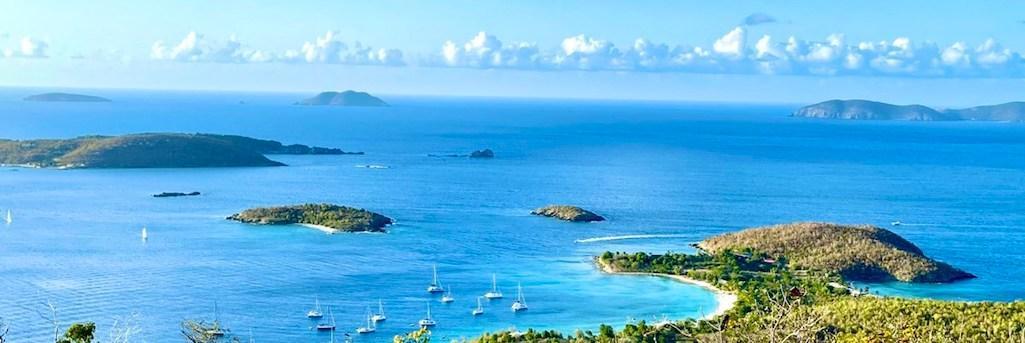
A National Park Service planning team is working to define the role of Caneel Bay at Virgin Islands National Park/NPS file
National Park Service Exploring Future Of Caneel Bay At Virgin Islands National Park
Planners for the National Park Service are developing a framework for the role Caneel Bay should play at Virgin Islands National Park after the current contract for the resort there expires in September 2023.
Coral Disease Represents Ecological Crisis Greater Than 1988 Yellowstone Fires
A disease that threatens an entire ecosystem lies below the surface of the sea – out of sight and out of mind.
The disease, which is rapidly killing corals in Virgin Islands National Park, is a crisis at least on the scale of the 1988 fires that roared across Yellowstone National Park and the continuing infestations of hemlocks and other old growth trees in Blue Ridge Parkway and Great Smoky Mountains and Shenandoah national parks.
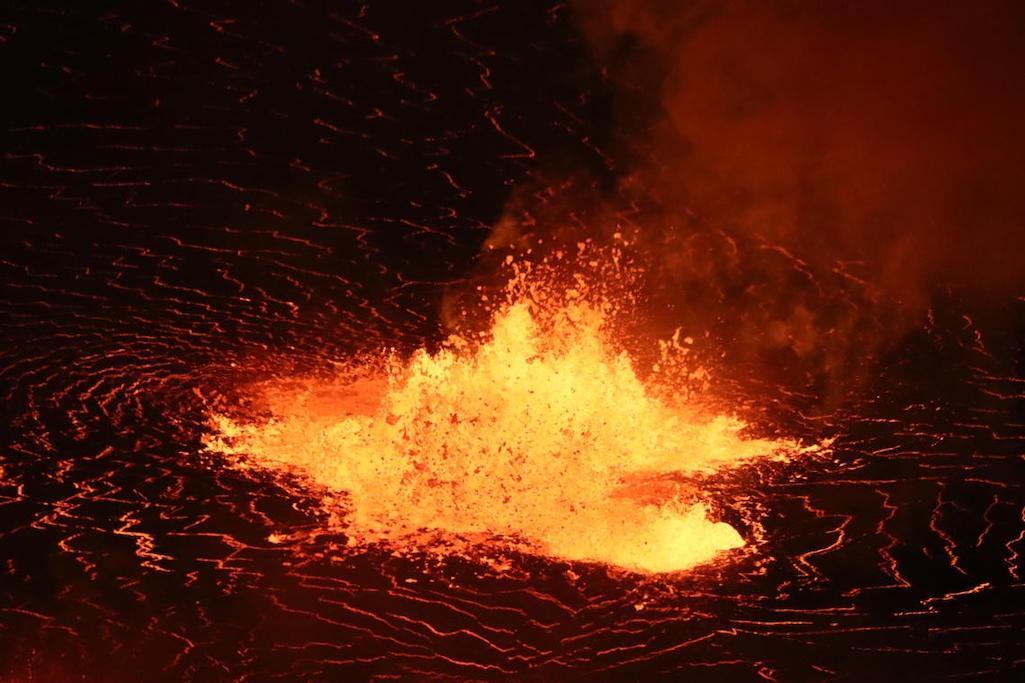
A telephoto image of one of the low lava fountains near the center of the growing Halema'uma'u lava lake. The ongoing eruption at the summit of Kīlauea is confined within Halema'uma'u, with numerous lava fountains producing lava and volcanic gases. Hawaiian Volcano Observatory scientists are monitoring the new eruption from an area within Hawai'i Volcanoes National Park that remains closed to the public due to safety reasons/USGS, M. Patrick.
Kīlauea Resumes Eruptions At Hawai'i Volcanoes National Park
Kīlauea Volcano, viewed by the U.S. Geological Survey as the most dangerous volcano in the United States, has resumed its eruptions deep within its Halemaʻumaʻu Crater at Hawai'i Volcanoes National Park.
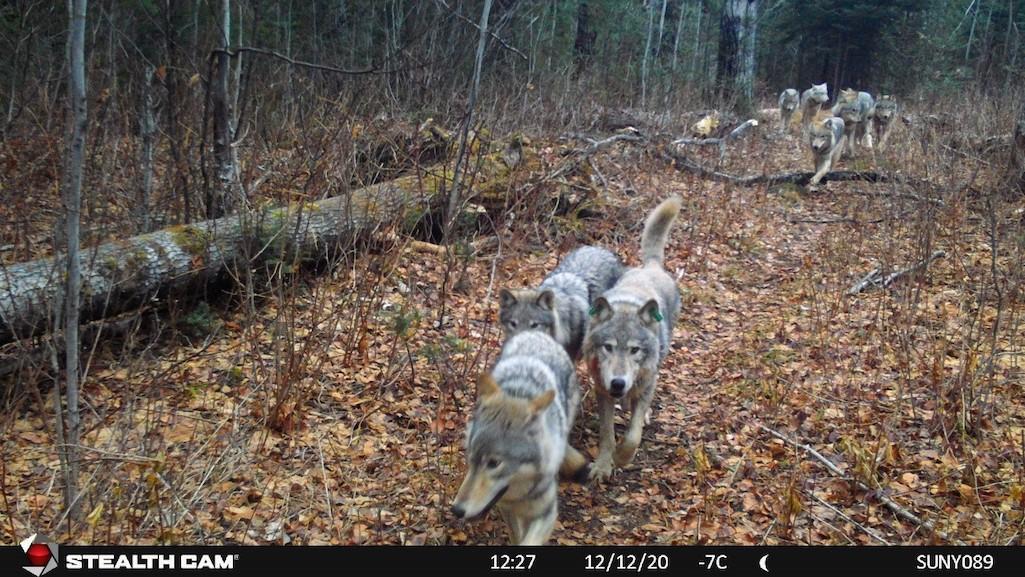
The pack that W012M belongs to included nine wolves on 12 December 2020
Wolves Transplanted To Isle Royale National Park Appear To Be Settling In
Wolves transplanted to Isle Royale National Park in a bid to establish a healthy prey-predator ratio appear to be settling in and adding members to their packs, according to recent field work, with at least four individuals believed to have been born on the island since 2020.
Point Reyes National Seashore Management Plan: "A Model Where Wilderness And Ranching Coexist"
Promising a "model where wilderness and ranching can coexist side-by-side," the National Park Service on Monday released the record of decision authorizing land-management changes for areas of Point Reyes National Seashore in California where livestock grazing is permitted within the park.
The long-awaited decision comes in the wake of charges that a rancher last month illegally bulldozed hundreds feet of park lands so as to maintain access to a creek that drains into Drakes Estero.
Is The National Park Service Struggling To Stay With Its Mission?
For many, the National Park Service is seen as an agency of friendly rangers tasked with helping them get the most out of their national park vacation. But the agency is much more complex than that. Indeed, it could be seen as one of the country’s most science-focused agencies, as it deals with all sorts of "ologies" – biology, paleontology, archaeology, sociology, ecology, cetology, bioecology, and, in light of the popularity of dark night skies, even planetology.
With such a role in both the federal government and society, is the National Park Service living up to that role? Is it able to? Is the agency properly using science to guide its mission? Two veterans who during their careers with the National Park Service were closely tied to the agency's science mission are now concerned that the mission has gotten off track and needs to be refocused.
Groups Call On Interior Secretary To Block Oil Drilling At Big Cypress
Interior Secretary Deb Haaland is being urged by more than 100 groups and organizations to block efforts to drill for oil in Big Cypress National Preserve in Florida because of the negative impacts that could pose to the Everglades ecosystem.
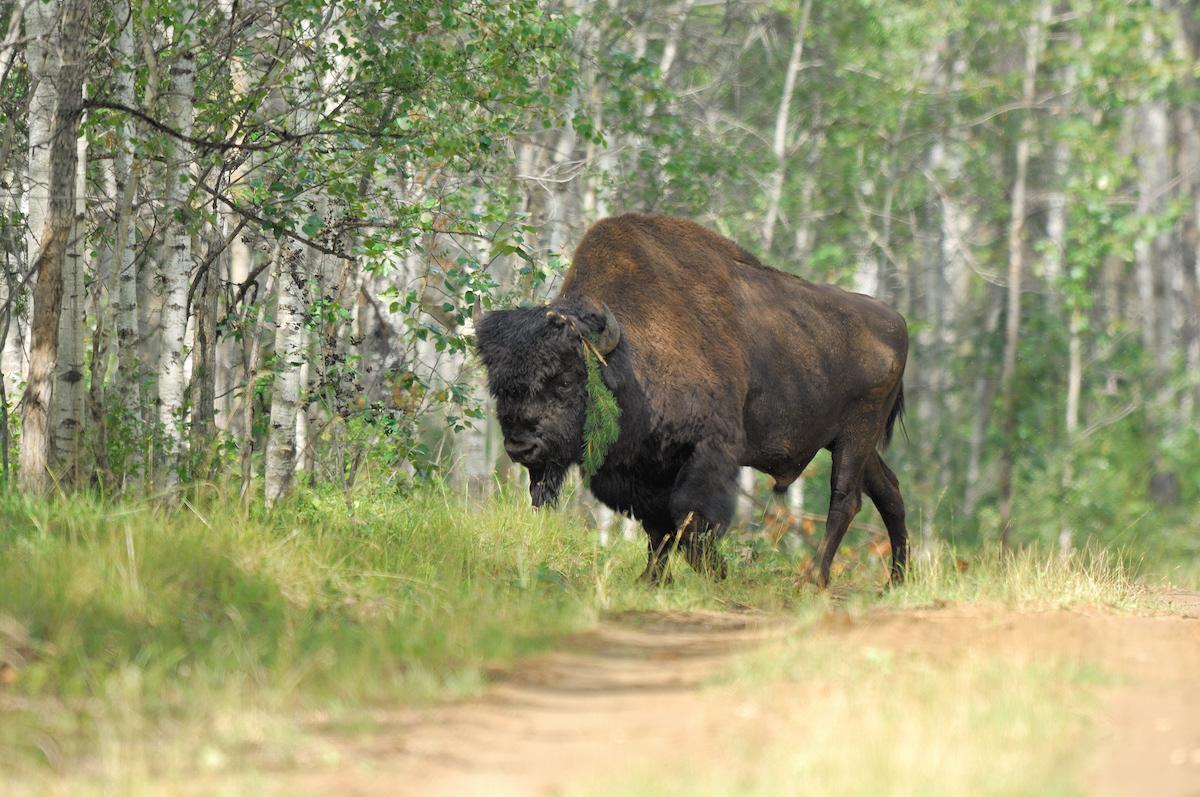
Wood Buffalo National Park Gets Funding To Fight Threats
Canada has pledged an extra $59.9 million towards a 142-item action plan to help save Wood Buffalo National Park from external threats like nearby hydropower dams, oil sands activity and climate change. But a State of Conservation report was filed late to UNESCO in December and environmental and Indigenous groups are still waiting to hear exactly how the money will be allocated in a bid to keep the park off a list of global World Heritage Sites in danger.
Aquatic Restoration Research Chair Named For Five Atlantic Canadian Parks
Kurt Samways from the University of New Brunswick, has become Parks Canada’s first research chair in aquatic restoration and will work with five national parks in Atlantic Canada on conservation methods and ecological monitoring techniques to help protect and boost wild Atlantic salmon populations.

 Support Essential Coverage of Essential Places
Support Essential Coverage of Essential Places




Comments
NPT's summary is the most complete I recieve as a retired ranger with membership in many park related NGOs.